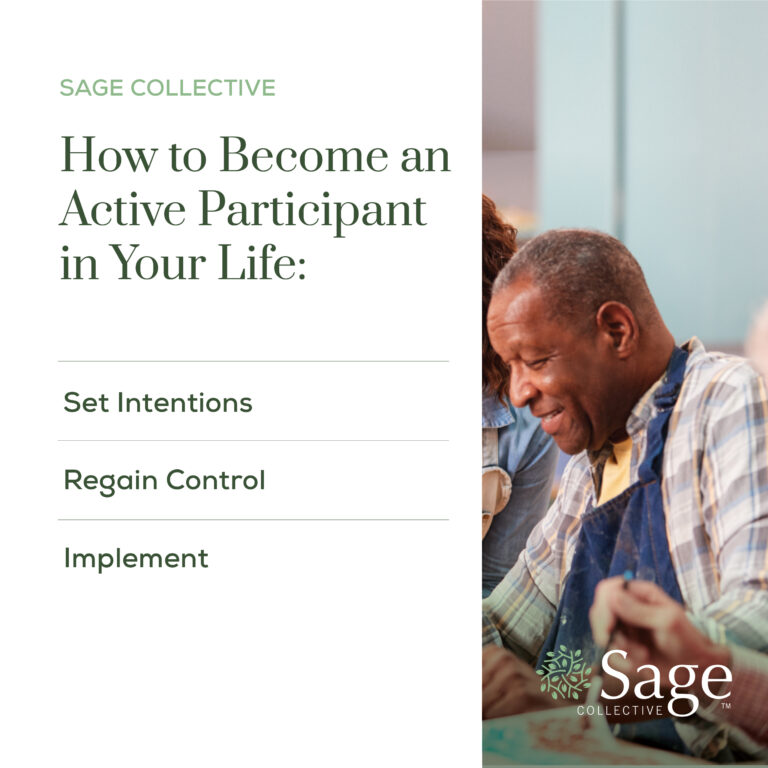How to Combat Senioritis As An Adult
It’s not just teenagers who can feel senioritis adults can too. We’ve all experienced it at some point; laziness, disinterest, having no motivation, not caring about the outcomes of our life. But just because these symptoms of checking out are universally experienced doesn’t make them okay to ignore. Today, we’re investigating adult senioritis, how checking out can affect your wellbeing and tools you can use to combat it:
What Senioritis Looks Like As An Adult
You might know senioritis as the affliction many seniors in high school experience as they enter their final year when their motivation declines and their drive to succeed diminishes. Though this phenomenon isn’t just found in young adults, anyone can experience senioritis.
Typically, senioritis begins when there is a sign of a major transformation occurring in life, like graduating high school or even starting a new job. It begins with a fear of the future and feeling like you may not have control over a situation. As we age, many of the small tasks we enjoy earlier in life become tiresome and lose value to us, which can lead to checking out.
However, it’s important to remember that checking out looks different to every person. The key is to recognize the signs and signals once you see them and begin taking action to snap out of the senioritis.
How You Can Combat It
After acknowledging that you may be checking out, don’t start by setting unattainable goals for yourself – start small. Give yourself a to-do list of a handful of goals to reach every day, whether that’s going to the grocery store to run errands or making sure you respond to all of your emails.
Once you’ve given yourself a list of small goals to aim for, the next step is to pair an incentive to it! Use motivations that connect back to why you might be checking out in the first place; if you’re starting a job, go shopping for new work clothes. Whatever your incentive is, use that to help drive you to complete your goals.
As you tackle senioritis and become an active participant in your life again, remember to take it one step at a time. It might not always feel like you’ll be able to step out of it, but you will.


